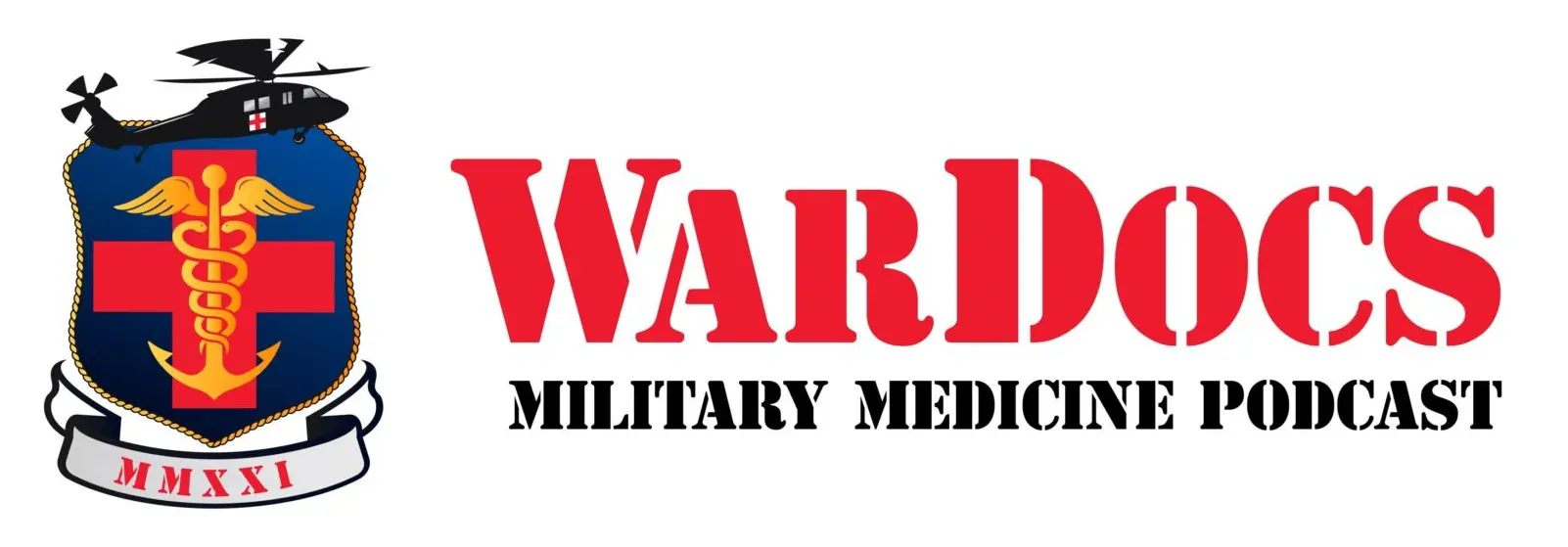Setting the Future Tactical Communications Stage
The U.S. Army is moving forward with the implementation of its Unified Network Operations (UNO) as a foundation for future network management and security from enterprise to the edge.
By MAJ Nathan Shepard, Assistant Product Manager, PM Tactical Cyber and Network Operations, PEO‑C3T
From Armor & Mobility, Fall 2022
The U.S. Army’s Unified Network Plan has set the stage for a Multi-Domain Operations (MDO)-capable force and the Army of 2030 and has also laid the foundation for a transformative approach to network modernization. A key enabler of the plan is executing Department of Defense Information Network Operations, or DODIN Ops, functions to provide an available, reliable, and resilient network that commanders can employ as a weapons system in all operational environments. Taking it even one step further, DODIN Ops critically relies on Unified Network Operations (UNO) to operate, maintain and sustain the network and systems management capabilities.
The UNO Program of Record is delivering an integrated network operations (NetOps) capability – based on an open framework – which aggregates data to enable common planning, configuration, management, monitoring, and defense of the network. This is being accomplished through the integration of multiple NetOps systems from handheld devices up through enterprise-level assets. The end goal for UNO is to co-host and federate existing tactical NetOps capabilities developed for the tactical network into a standardized NetOps capability for the S6/G6 and S3/G3 staff of Signal organizations who plan, install, secure, and defend deployed tactical networks.
A Robust Basis for Operational Success
The network is the foundational Army warfighting platform that enables forces to conduct Unified Land Operations (ULO) executed through decisive action and guided by mission command that enables the successful execution and synchronization of the MDO tenets (i.e., calibrated force posture, MDO formations, and convergence).
The flexible construct of UNO will allow for adaptation to changes in unit structure by providing end-to-end NetOps enabling all warfighting functions and maintaining critical situational awareness in all operational environments via a shared common operational picture that fully enables forces to fight and win in congested and contested environments.
To accelerate UNO development, the Program Office has been leveraging the Mid-Tier Acquisition (MTA) Rapid Prototyping construct. MTA begins with a blank slate and allows the program, as decision authority, to build an acquisition process appropriate to the capability’s maturity and mission needs. With Rapid Prototyping, programs must field a prototype that can be demonstrated in an operational environment, and also ensure operational capability within five years of an approved requirement. For UNO, the Army has executed several Soldier Touch Points and Operational User Assessments – a total of 13 in FY22 alone – that have produced results exceeding system usability objectives.
Multi-Level Solution for Cross-Unit Integration
Under the UNO umbrella, several specific capabilities have also embraced the Developmental Operations, or DevOps, model and Rapid Prototyping. Integrated Network Operations Battalion and Below (INB2) was demonstrated to provide monitoring and management of the Lower Tactical Internet during the Army’s Capability Set (CS) 23 Ops Demo Phase I earlier this year. The live-fire training event conducted in June with the 3rd Squadron, 2nd Cavalry Regiment at the Grafenwoehr Training Area, Germany, proved out-mounted Integrated Tactical Network capabilities with a Stryker Brigade Combat Team.
Additional UNO efforts include the Network Operations Management System, or NOMS, which has been fielded to the 101st Expeditionary Signal Battalion, 1st Armored Division DIVARTY, and 82nd Airborne Division as part of the Network Integration Technology Enhancement program; and the successful convergence of network tools, consolidating more than two dozen management and monitoring tools into a single tool to reduce complexity.
Additional DevOps engagements with the 3rd Infantry Division, 25th Infantry Division, and 198th Expeditionary Signal Battalion-Enhanced will continue to refine MTA prototype development and gather critical data in support of UNO PoR requirements.
Looking Ahead
The UNO Program of Record will begin delivering these critical capabilities in fiscal 2025 in parallel to the Army’s CS process and continued integrated tactical network fielding. As the service shifts to a more data-centric environment, UNO will provide a more simple and intuitive tool that ensures the right data gets to the right people at the right time. Most importantly, that data will be secure.

